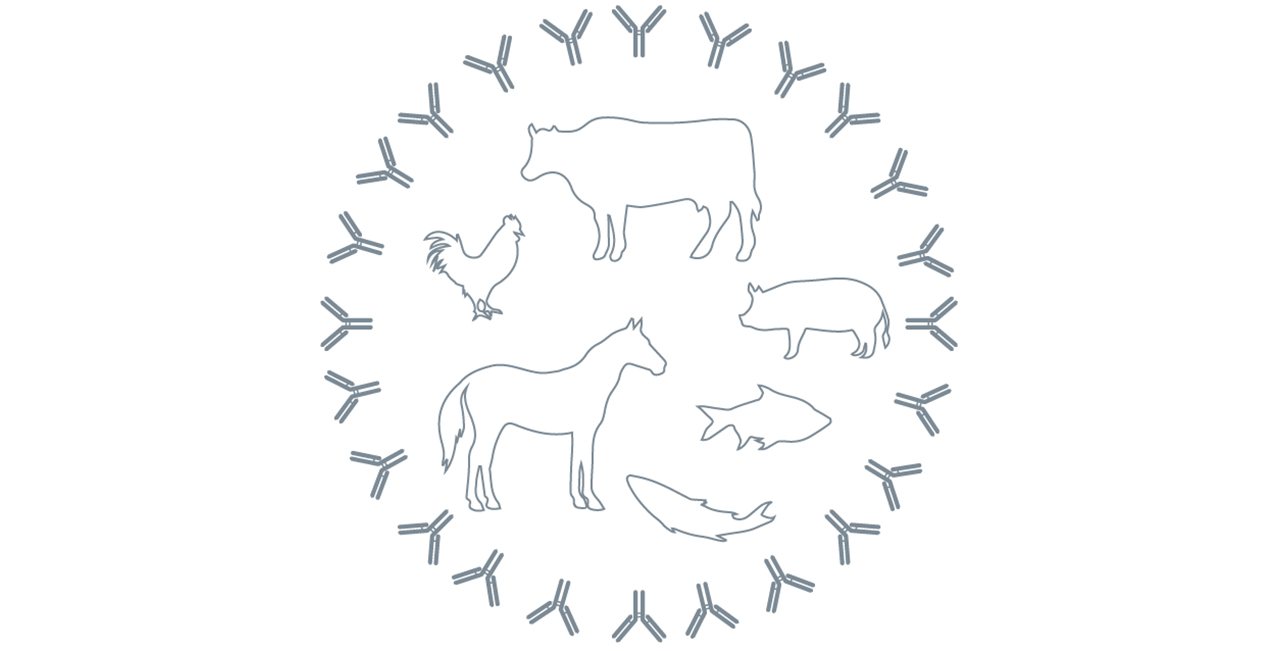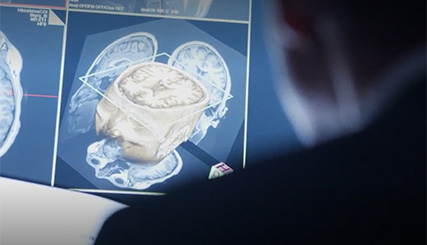Vaccines have been a major part of global discourse in the past few years due to the spread of COVID-19. But, what exactly are vaccines?
The Meiji Group has been developing, manufacturing, and delivering a variety of vaccines for many years. In this series, "Vaccine Basics", we'll use our expertise in the industry to introduce the fundamentals of vaccines, including the science, history, and role they play in society. In part 1, we'll explore what vaccines are and how they work.
Maximizing human potential
Vaccines work by imitating an infection to trigger an immune response in the body to help it learn how to defend itself from disease without the dangers of full-blown infection.
Infectious diseases cause various symptoms when pathogens, such as disease-causing viruses and bacteria, enter the body. The immune system attacks the pathogen during the initial infection, eventually eliminating symptoms of the infection. Part of this immune response includes the production of antibodies, which better equip the body when attacking pathogens the next time someone is exposed to the virus or bacteria.
The purpose of vaccination is to produce these antibodies in advance, before exposure, introducing a weakened or harmless version of the pathogen to the body. This harmless exposure then strengthens the immune system's defense. Vaccines alone do not cause infectious diseases because the substances that make up the pathogens contained in vaccines are harmless to the body.
By creating antibodies through vaccination, it is possible to prevent infection and disease from worsening. Stated differently, vaccines are a means of preventing infectious diseases by maximizing the power of the human body's immune system.
Antibody production via vaccination

Typical vaccine types and mechanisms
| Type | Structure | Example |
|---|---|---|
| Live vaccine | Uses weakened virus | Rotavirus vaccine |
| Inactivated vaccine | Uses inactivated (no longer infectious or toxic) virus | Influenza vaccine |
| Recombinant protein vaccine | Use components of pathogens | Hepatitis B (HBV) vaccine |
| mRNA vaccine | Use the blueprint of the virus | New coronavirus vaccine |
Vaccine development first began with cows
Vaccines have been around for a long time. Humans were vaccinated for the first time in the 1790s with the smallpox vaccine, developed by British physician, Edward Jenner.
At the time, smallpox was a source of major concern and fear around the world. It had a fatality rate of 20-50% and symptoms included sudden fever and generalized rash or blistering.
Meanwhile, in 18th century England, there was a cowpox epidemic. Cowpox was similar to smallpox and could infect both cattle and humans. Many milkmaids were infected with cowpox when they came into contact with a cow's pus. However, cowpox did not cause serious symptoms in humans.
Edward Jenner noticed that the probability of contracting smallpox was extremely low in humans infected with cowpox, so he began experimenting. This led to him establishing the "vaccinia" method, which involved exposing humans to cowpox by extracting the liquid from the blisters of a person infected with cowpox. Following their recovery from cowpox, a mild illness, Jenner would then inoculate the patient with matter taken from a smallpox blister.
In his tests, he found that patients previously exposed to cowpox did not contract smallpox, proving the method a success. Eventually, this method became the first example of vaccination for humankind.
Cowpox infection preventing smallpox

Improved versions of the smallpox vaccine spread throughout the world. Many people were vaccinated and, as a result, cases of smallpox infection rapidly declined. In 1980, the WHO declared smallpox eradicated.
Vaccination also works for animals

Vaccination uses the human body's immune system to build resistance to specific infections. Animals also have their own immune system, and many vaccines for animals have been developed. One familiar example is the rabies vaccine for dogs.
There are also vaccines for livestock, such as cattle, pigs, and chickens, and for farmed fish, such as yellowtail. These vaccines play an important role in protecting our food supply.
In 2022, the Meiji Group established Meiji Animal Health Co., Ltd. by integrating the strengths and expertise of their veterinary pharmaceutical businesses. Meiji Animal Health represents the culmination of a long-held commitment to protecting the health of animals as well as humans.
The social significance of vaccination
The world has changed dramatically since the creation of vaccines. Vaccines can eliminate infectious disease outbreaks in a single country or continent. They also have the potential to eradicate infectious diseases completely.
The dramatic shift brought on by vaccination coincides with the introduction of new terminology, vaccine-induced "elimination" and "eradication." Elimination prevents infectious disease outbreaks in a single country or continent, while eradication can prevent infectious disease outbreaks in the entire world.
Vaccines benefit not only the individual vaccinated, but also the society in which they live. When many people build antibodies against an infectious disease, it becomes difficult for the disease to spread-even if there are infected people among them. This is so-called, "herd immunity."
How herd immunity works

Vaccination also helps build herd immunity, ensuring protection even when some people lack access to vaccines. Herd immunity works when a large part of the population develops antibodies through vaccination or previously contracting the disease. As a result, they become partially or fully immune, which, in turn, lowers the risk of infection for unexposed or unvaccinated individuals. In other words, the higher number of immune people in a given population, the lower the rate of infection for everyone else.
Vaccines' vital role in building herd immunity to infectious diseases culminated when the WHO declared smallpox "eradicated" in 1980. More recently, in 2015, Japan certified measles as “eliminated.” The only confirmed cases of measles in Japan as of 2023 are those that occurred outside of Japan, where elimination has not progressed.
Unfortunately, in the future, the emergence of new infectious diseases will continue to threaten the health and safety of our world. Today, we are battling one such emergence: COVID-19. By embracing a positive outlook, however, we can see that humankind has overcome, eliminated, or eradicated several infectious diseases including smallpox and other strains of influenza.
Historically, vaccination has been, and will continue to be, our main line of defense against the threat of infectious diseases. The Meiji Group is proud to be part of that history, as we continue to develop safe and effective vaccines that protect the health and security of people around the world.








